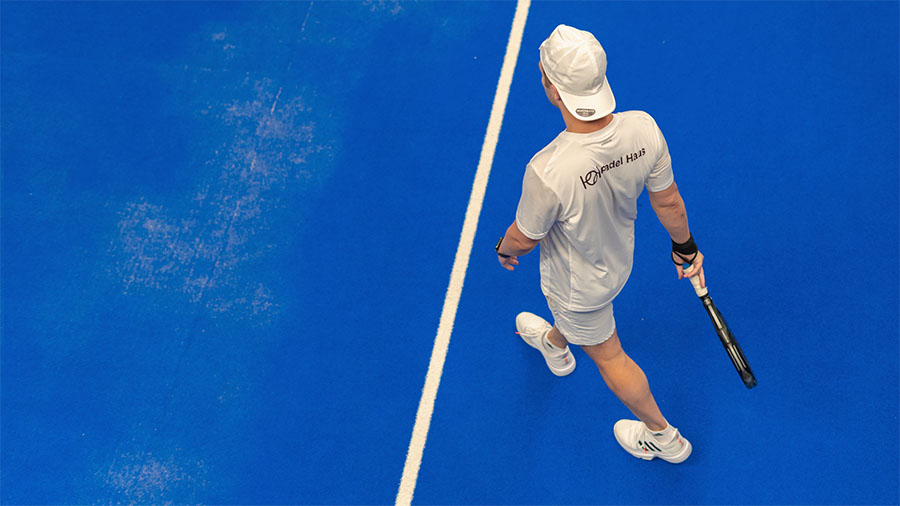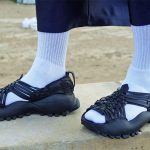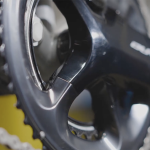Playtomic’s “Global Padel Report 2025” found padel clubs increased 22 percent globally in 2024, with significant growth in Southern Europe. In the U.S., the sport is still in its early stages, but faster expansion is expected in 2026, with “real acceleration” projected for 2027.
The study from Playtomic, a European-based app for booking racket sports play, including tennis, padel and pickleball, in collaboration with PwC’s business strategy consulting arm, Strategy&, found that in 2024, 3,282 new padel clubs opened worldwide, averaging nearly nine new clubs per day, to reach 15,933.
A total of 7,187 new courts were built in 2024, representing a 26 percent growth, which pushed the global total to 50,436. By 2027, the total number of padel courts is expected to exceed 81,000.
The sport, typically played in doubles on a smaller court enclosed by glass, was invented by a Mexican businessman in the 1960s. Playtomic Co-Founder and Chief Commercial Officer Pablo Carro said, “With a new court opening every two and a half hours worldwide, padel has finally joined the top table of the world’s sporting elite.”
Key findings from Playtomic’s Global Padel Report 2025 include:
- Padel is now established in over 90 countries, with high-growth markets including Portugal, the Netherlands, U.S., UK, UAE, Mexico, India and Indonesia.
- Padel has a 92 percent return rate, representing individuals returning to play the sport again after their first try. Researchers attributed the high return rate to the sports’ accessibility, social nature and addictive gameplay.
- While often compared, padel and pickleball are increasingly coexisting with 30 percent of U.S. pickleball venues now offering padel courts – a significant shift from 12 months ago.
- With backing from the International Padel Federation (FIP), 2025 is reported to be a “pivotal year” for padel’s push toward inclusion in the Brisbane 2032 Olympic Games. Researchers added, “While padel is aligning well with Olympic values, such as gender equality, ethical standards and growing international reach, its path to inclusion is hindered by the fact that only Spain and Argentina currently play the sport at a truly elite level.”
Playtomic’s research found a fivefold increase in new padel courts since 2016, which is forecasted to continue growing at a rate of 17 percent over the coming years.
Among the regions seeing the most new courts built in 2024 were Iberia (largely consisting of Spain and Portugal), with 1,077; France, 1,272; Benelux, 548; Italy, 365; and the rest of Europe, 1,148. The UK added 329 padel courts in 2024. The Latin American region added 873, Asia added 270; and Middle East and Africa added 522 padel courts.
The U.S. added 352 padel courts and now has about 800 courts. Growth remains “scattered” in the U.S. with hot spots in Miami and Texas. Researchers said Miami “is the U.S. padel hub” although padel is expanding to the north of Florida, to cities such as Fort Lauderdale. In Texas, padel has a strong foothold in Houston with projects pending in Austin.
In the North, a “small but emerging padel scene” is emerging in larger cities with a few larger clubs in New York City and “a handful” in Boston and Chicago. Out West, padel has gained traction largely in Southern California. Emerging panel chains in the U.S. include Padel Haus, Reserve, Bay Padel, Taktika, Ultra, Sense Padel, and Padel X.
In the future, the U.S. is expected to lead countries with the most padel courts by around 2027, followed by Germany, France and Spain.
Encouragingly, padel is faring well alongside pickleball. The study said padel’s smaller courts attract different player profiles. “Padel requires strong cardiovascular endurance, agility, and strength to sustain performance levels. While pickleball also demands good footwork and quick reflexes, its smaller court and lighter ball require less physical exertion,” the researchers said in the report.
In other regions, the study found that padel participation in France continues to grow, demonstrating potential for acceleration. The popularity of the sport in France was attributed to the country’s fondness for racket sports, including similarities with tennis; celebrities such as Zinedine Yazid Zidane, the former soccer star, and Tony Parker, the former NBA basketball player, becoming investors and players; and the Premier Padel Tour being held at Roland-Garros tennis stadium.
Spain and Italy are both mature markets for padel and Italy is seeing a slowdown in growth that the report indicated could be due to tennis’ popularity. Padel in the UK. is “becoming a solid market” and being helped by brands such as Slazenger investing in the sport and celebrity investments. Overall, Europe and the UK have about 44,000 padel courts.
In Latin America, Argentina “stands out as a traditional, active padel market,” according to the study, while Mexico is “growing steadily.” Brazil is “emerging” while facing competition from beach tennis.
In APAC and Africa region, which has about a combined 2,700 padel courts, Australia is facing slower development due to bureaucracy and competition from pickleball while China hasn’t gained much traction. However, India is emerging as a robust padel market, fueled by tournaments. South Africa is the biggest market in Africa, with no legal barriers and strong consolidation.
In the Middle East, with about 1,600 padel courts, the government of Qatar is placing restrictions on new club openings and the growth in the United Arab Emirates is likewise challenged by restrictions on large indoor clubs. On the positive front, Saudi Arabia is seeing “rapid growth encouraged by government support.”
PwC’s Head of the Global Padel Report, Elena Martin, mentioned: “We are delighted to see that the sector has returned to a path of organic and sustainable growth, following the post-COVID activity surge and the adjustments made in 2023. With over 50,000 leads currently, development remains strong, particularly in key markets such as France and the United Kingdom. Our projections suggest that this growth momentum will continue in the years ahead.”
Image courtesy Padel Haus
















